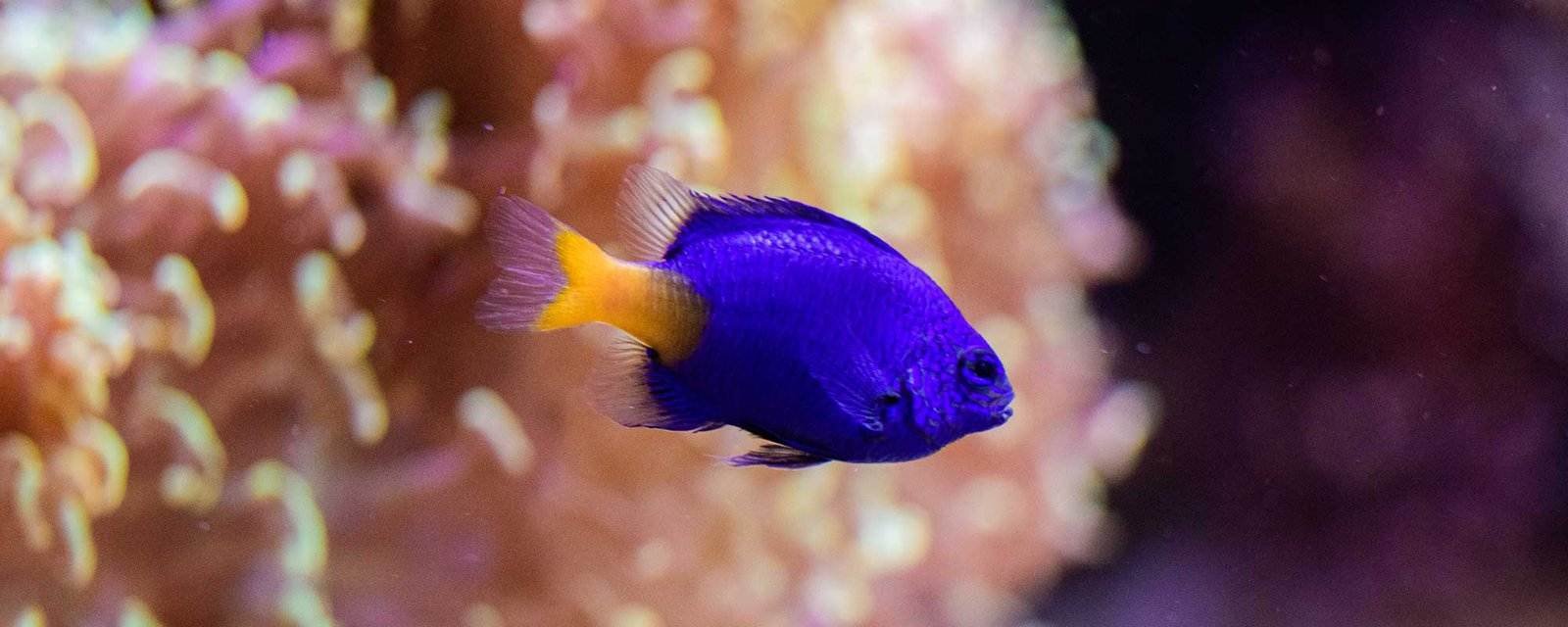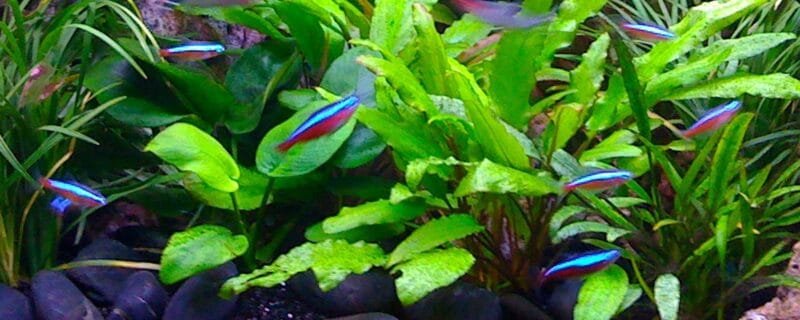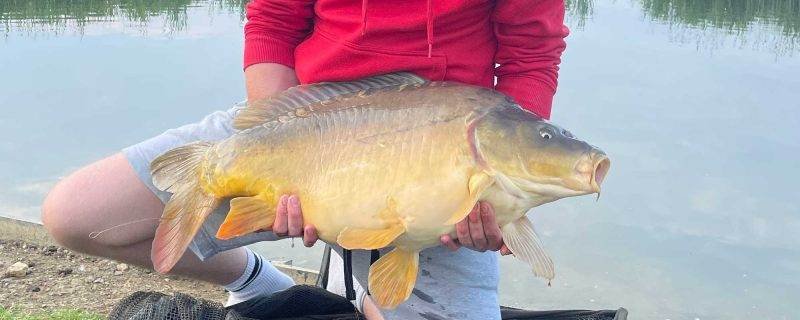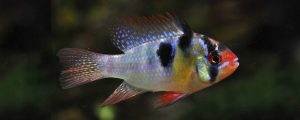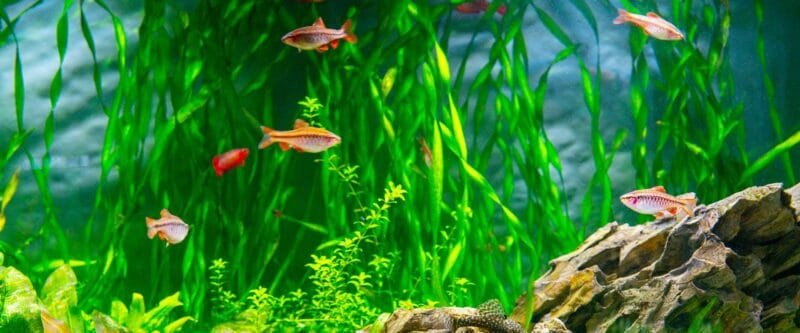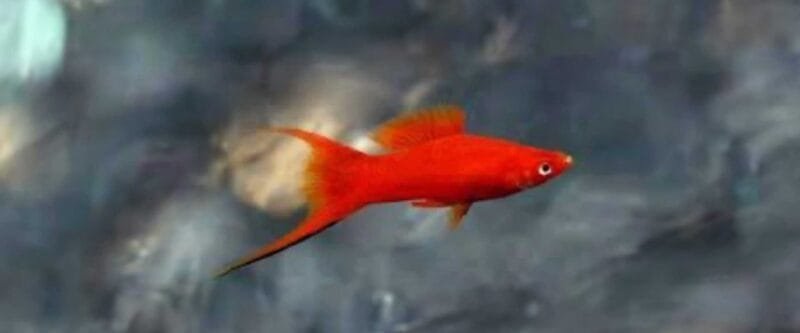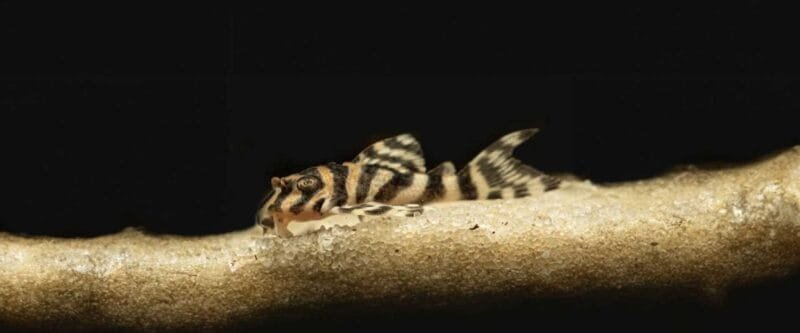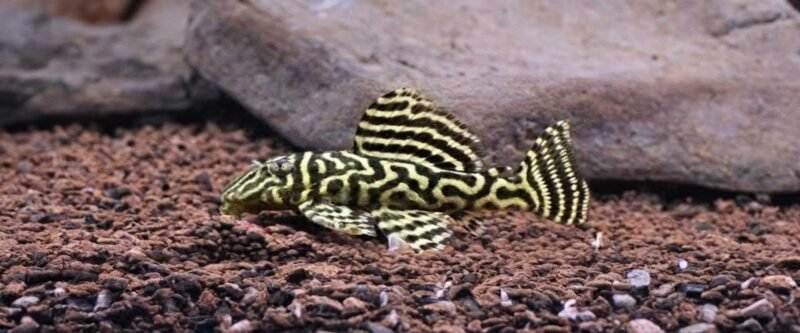The Enigmatic Yellow-Tail Blue Damselfish: A Vibrant Addition to Marine Aquariums
The marine aquarium hobby is enriched by the diversity of species that add color and life to tanks worldwide. Among these species, the Yellow-tail Blue Damselfish (Chrysiptera parasema) stands out for its vibrant coloration and dynamic behavior. In this blog post, we will delve into everything you need to know about this captivating fish, from its natural habitat and diet to its compatibility with other species in community tanks.
Introduction to Yellow-Tail Blue Damselfish
Common Name: Yellow-tail Blue Damselfish
Latin Name: Chrysiptera parasema
Native to the coral reefs of the Western Pacific, particularly around areas such as the Philippines, Indonesia, and Taiwan, the Yellow-tail Blue Damselfish is a saltwater species renowned for its striking blue body contrasted by a vivid yellow tail. This small, yet hardy, fish typically reaches a size of about 2 to 3 inches (5 to 7.5 cm) in length.
Diet and Feeding Habits
In the wild, the Yellow-tail Blue Damselfish’s diet primarily consists of algae and small zooplankton. In captivity, they adapt well to a variety of foods including frozen, flake, and live foods. To maintain their health and vibrant coloration, it is crucial to provide a balanced diet that includes both vegetable-based foods and proteins.
Sexing and Breeding
Sexing Yellow-tail Blue Damselfish can be a challenge as there is no evident external sexual dimorphism between males and females. When it comes to breeding, they are known to be egg-layers. The male prepares a flat surface where the female can deposit her eggs, which he then fertilizes and guards until they hatch. Breeding these fish in an aquarium setting requires stable water conditions and a stress-free environment.
Compatibility and Community Tank Considerations
Yellow-tail Blue Damselfish are generally reef-safe as they do not tend to harm corals or other invertebrates. However, their temperament can be somewhat aggressive, especially in smaller or overcrowded tanks. They do best in community tanks with larger or similarly assertive species that can hold their own. Suitable tank mates include larger damselfish, clownfish, and some species of wrasses and angelfish.
It’s important to avoid pairing them with very peaceful or shy fish as the damselfish might bully them. Also, due to their territorial nature, it is advisable to introduce them into the aquarium last to prevent aggression towards new additions.
Water Conditions and Ease of Care
The Yellow-tail Blue Damselfish is renowned for its hardiness, making it a good choice for novice marine aquarists. They thrive in water temperatures between 72 and 78°F (22 to 26°C), with a pH of 8.1 to 8.4 and salinity levels consistent with natural seawater (around 1.020-1.025 specific gravity).
Regular water changes, adequate filtration, and stable water conditions are vital to keep these fish healthy. They are adaptable but do not tolerate poor water quality well, which can lead to stress and increased susceptibility to diseases.
Species Variations
While there are no distinct species variations within the Chrysiptera parasema, the genus Chrysiptera itself includes a variety of other damselfish with similar care requirements but different color patterns and temperaments. This includes the Azure Damselfish (Chrysiptera hemicyanea) and the Talbot’s Damselfish (Chrysiptera talboti), providing potential for variety in a damselfish-focused tank.
Conclusion
The Yellow-tail Blue Damselfish is a beautiful and lively addition to many saltwater aquariums. Their care requirements are manageable, making them a suitable choice for both beginner and experienced aquarists. By understanding their natural habits, dietary needs, and compatibility with other species, you can ensure these dazzling fish thrive in your home aquarium. Whether you are starting a new tank or looking to add some color to your existing setup, the Yellow-tail Blue Damselfish is a species worth considering.

